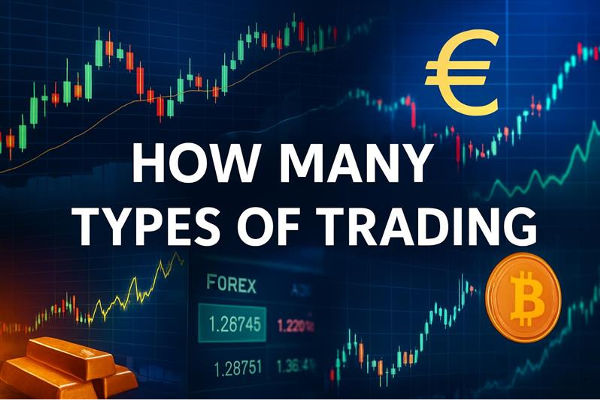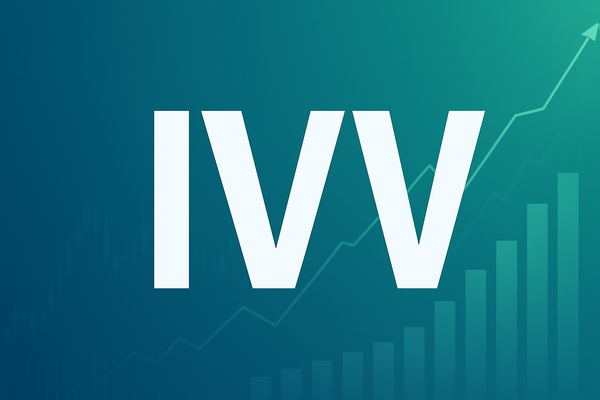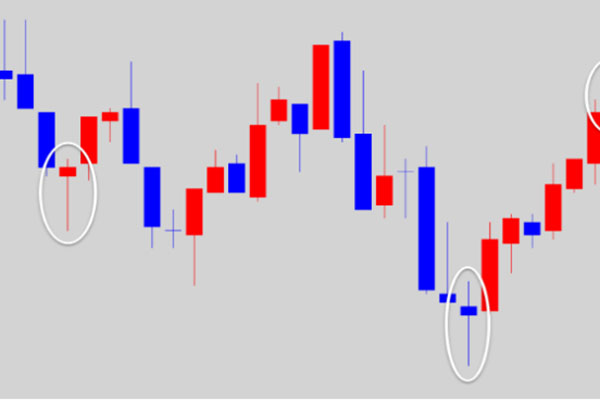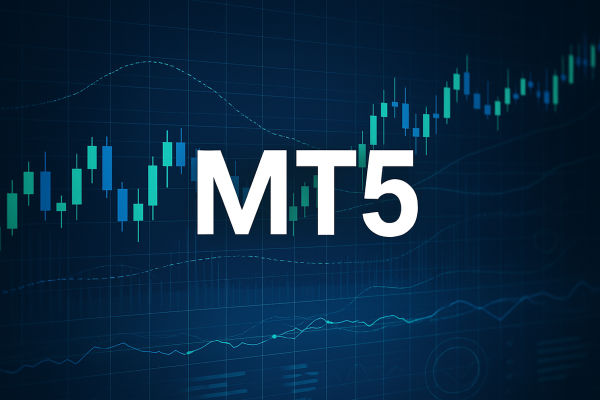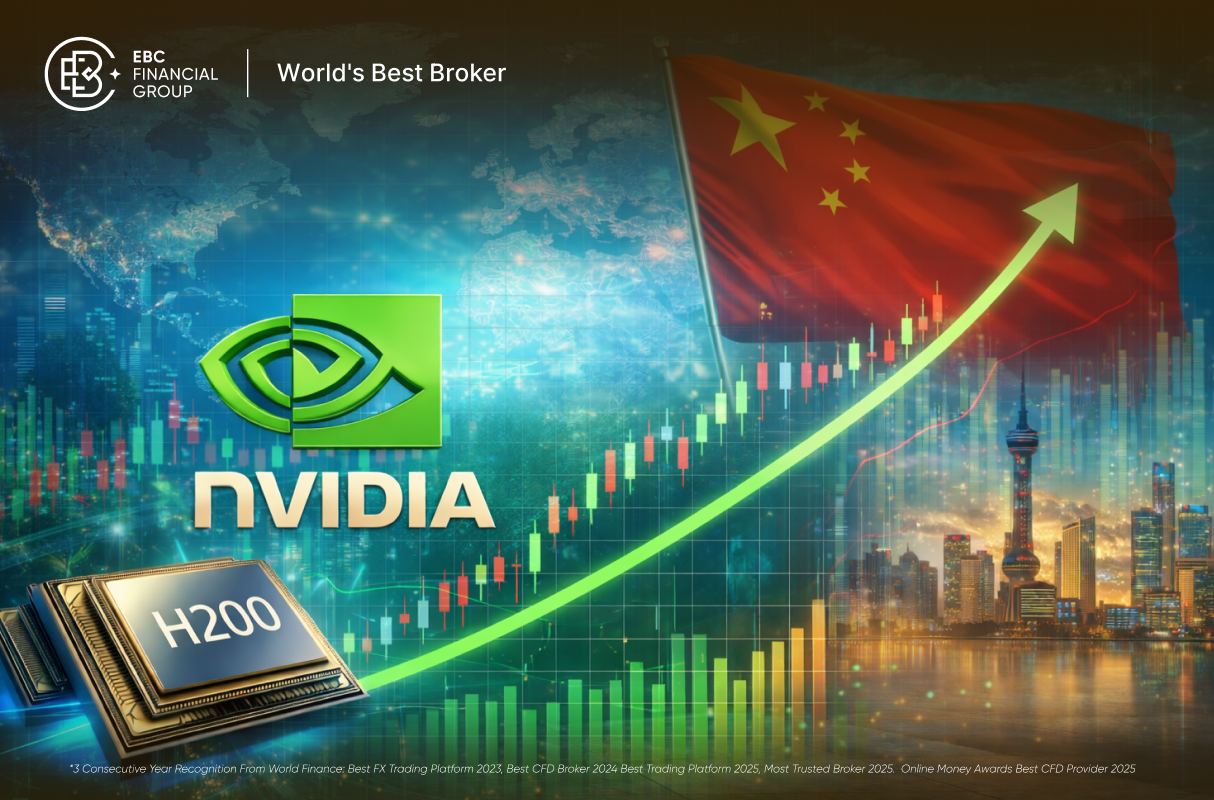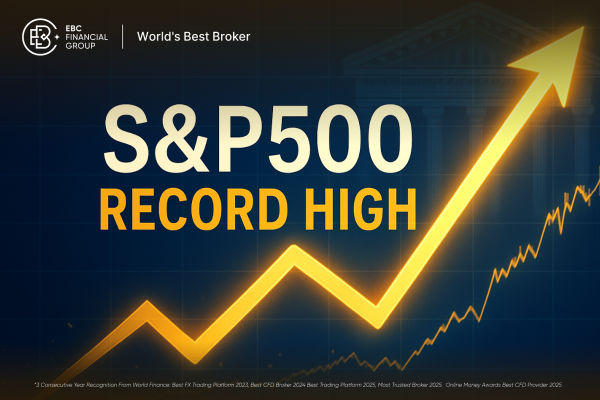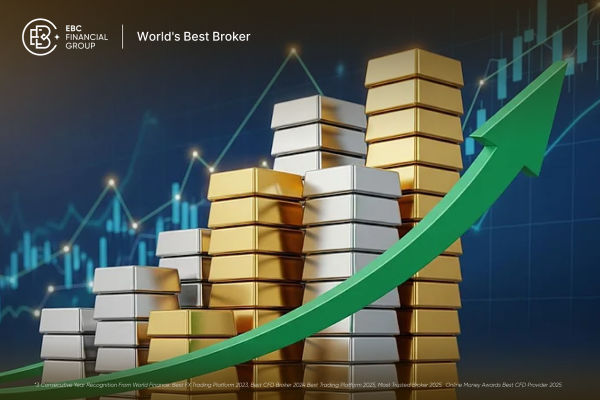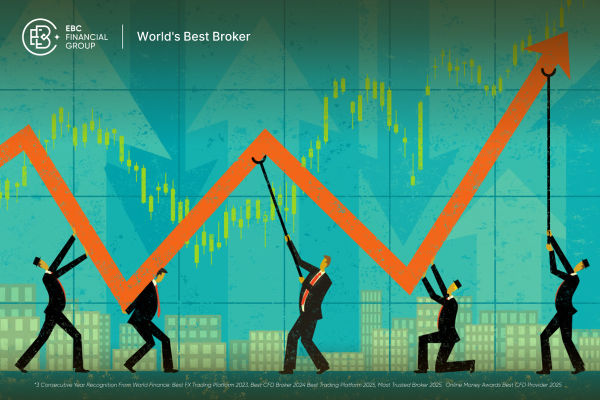If you're new to the world of financial markets, you might be wondering: How many types of trading are there?
The short answer is that there are several, each with its own set of rules, risks, and rewards. The most common include stock trading, forex trading, commodities trading, options trading, futures trading, and cryptocurrency trading. Additionally, within these, there are various strategies like day trading, swing trading, and position trading.
Thus, in this guide, we'll break down the main types of trading, explain how they work, and provide practical tips so you can decide which one suits you best.
How Many Types of Trading Are There in Financial Markets?

1. Stock Trading
Stock trading involves buying and selling shares of publicly listed companies. Traders aim to profit from price movements, either short-term fluctuations or long-term growth.
Why Stock Trading Appeals to Many Traders
Wide range of opportunities across industries
Access to reliable market data and research
Potential for both dividends and capital gains
Types of Stock Trading Styles
Day Trading: Buying and selling stocks within the same day, aiming to capitalise on intraday price movements.
Swing Trading: Holding positions for several days or weeks, taking advantage of short-to-medium-term trends.
Position Trading: Long-term trading where positions are held for months or years.
2. Forex Trading
Forex (foreign exchange) trading is the buying and selling of currency pairs, such as EUR/USD or GBP/JPY. It's the largest and most liquid market in the world, operating 24 hours a day.
Why Forex Trading Is Popular
High liquidity and constant market activity
Ability to trade 24/5 without time zone restrictions
Leverage allows traders to control larger positions with less capital
Common Forex Trading Styles
Scalping: Quick trades lasting seconds or minutes to capture small profits.
Day Trading: Holding trades within a single day without overnight positions.
Swing Trading: Capturing larger moves over several days.
3. Commodities Trading
Commodities trading involves buying and selling raw materials such as gold, oil, natural gas, coffee, and wheat. Trading is done via spot markets, futures, or CFDs.
Why Trade Commodities?
Offers diversification beyond stocks and currencies
Hedging potential against inflation and economic uncertainty
Volatility provides trading opportunities
Types of Commodities
Hard Commodities: Natural resources like gold, silver, and crude oil.
Soft Commodities: Agricultural products like coffee, sugar, and cotton.
4. Options Trading

Options are derivative contracts that give you the right, but not the obligation, to buy or sell an asset at a predetermined price before a set date.
Why Traders Use Options
Flexibility to profit in rising, falling, or sideways markets
Ability to hedge other investments
Leverage potential for magnified returns
Common Options Strategies
Call Options: Bet that the price of the underlying asset will rise.
Put Options: Bet that the price will fall.
Spreads & Straddles: More advanced strategies to manage risk and volatility.
5. Futures Trading
Futures are agreements that require the buyer to buy, or the seller to sell, an asset at a set price on a specified future date. They are widely used for commodities, indices, and even cryptocurrencies.
Advantages of Futures
Standardised contracts and regulated exchanges
Leverage for larger market exposure
Suitable for both speculation and hedging
6. Cryptocurrency Trading
Crypto trading involves buying and selling digital assets such as Bitcoin, Ethereum, or altcoins. The market operates 24/7 and is known for high volatility.
Why Crypto Attracts Traders
Potential for high returns in short periods
Wide selection of coins and tokens
Innovative DeFi and blockchain-based trading opportunities
Popular Crypto Trading Styles
Day Trading: Exploiting daily price movements
HODLing: Long-term investing in promising projects
Swing Trading: Taking advantage of medium-term volatility
7. cfd trading
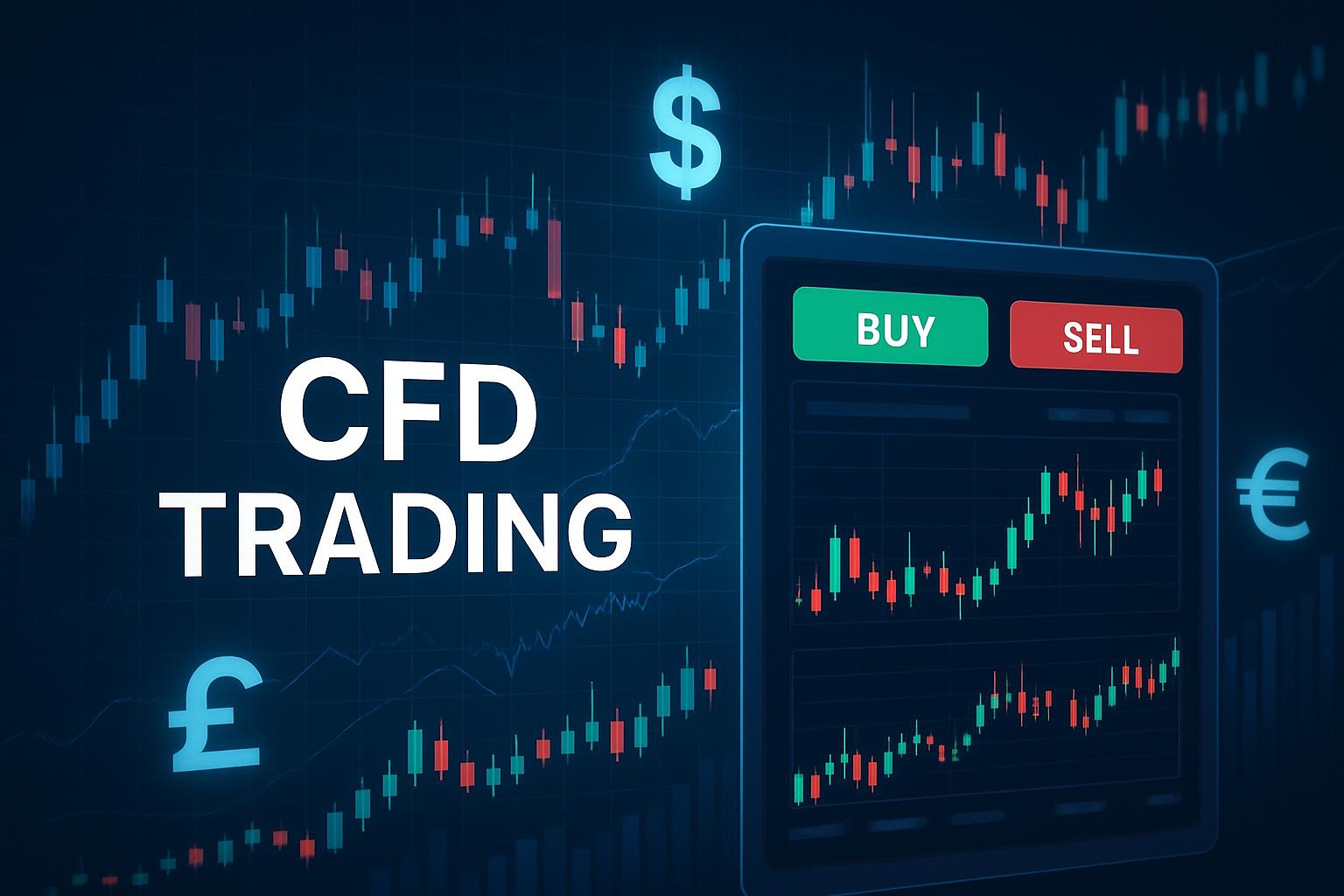
Contracts for Difference (CFDs) allow traders to speculate on price movements without owning the underlying asset. CFDs are available for stocks, forex, commodities, indices, and crypto.
Why CFDs Are Popular
Flexibility to trade multiple markets from one platform
Ability to go long or short
Leverage amplifies potential profits (and risks)
8. Bond Trading
Bond trading involves buying and selling government or corporate debt securities. Traders profit from interest payments and price fluctuations.
Advantages of Bonds
9. Index Trading
Index trading involves predicting the performance of stock market indices such as the S&P 500, NASDAQ, FTSE 100, or NIFTY 50
Why Traders Choose Indexes
Exposure to entire sectors or economies
Lower risk than trading individual stocks
High liquidity and clear price trends
How to Choose the Right Type of Trading for You
| Trading Type |
Best for Beginners? |
Best for Experts? |
| Stock Trading |
Yes: Simple to understand, many learning resources, and lower entry barriers. |
Yes: Advanced strategies like short selling and options on stocks can be used. |
| Forex Trading |
No: High volatility and leverage risk make it tricky for newcomers. |
Yes: Requires macroeconomic knowledge and quick decision-making skills. |
| Commodities |
No: Requires understanding of supply-demand and seasonal trends. |
Yes: Profitable with market analysis, hedging, and futures trading expertise. |
| Options Trading |
No: Complex concepts like time decay and strike price selection. |
Yes: Allows hedging, advanced speculation, and high reward-to-risk ratios. |
| Futures Trading |
No: High leverage, strict margin requirements, and volatility. |
Yes: Suitable for those with risk control skills and deep market knowledge. |
| Crypto Trading |
Limited: Beginners can start with spot trading in small amounts. |
Yes: High volatility provides big opportunities for skilled traders. |
| CFD Trading |
Limited: Needs basic trading knowledge and risk awareness. |
Yes: Gives access to multiple markets with leverage for experienced traders. |
| Bond Trading |
Yes: Low risk, steady income, and simple to grasp. |
Limited: Experts may prefer higher-return assets, but can use for portfolio balance. |
| Index Trading |
Yes: Easy to follow market trends without focusing on individual stocks. |
Yes: Can apply leverage, hedging, and options for advanced strategies. |
When selecting the best trading style, consider:
Risk Tolerance: Crypto or forex markets are more volatile.
Time Commitment: Day trading requires constant attention; position trading is less demanding.
Capital: Leverage allows small capital to access larger trades, but also increases risk.
Knowledge Level: Start with markets you understand well.
Frequently Asked Questions
Q1. Which Type of Trading Is Best for Beginners?
For beginners, stock trading, bond trading, and index trading are often the easiest to start with because they are relatively straightforward and have abundant educational resources. Beginners should avoid high-leverage markets such as forex and futures until they gain experience.
Q2. Which Type of Trading Offers the Highest Profit Potential?
Markets characterised by significant volatility, including forex trading, futures trading, and crypto trading, present increased profit opportunities, yet they also involve greater risks. Achievement relies on expertise, understanding of the market, and stringent risk management.
Q3. Can I Trade Multiple Types of Assets at the Same Time?
Yes, you can trade multiple types of assets if your broker offers access to different markets. For example, CFD trading platforms allow you to trade stocks, forex, commodities, and indices in one account.
Conclusion
In conclusion, there's no single "best" type of trading; the right choice depends on your goals, capital, and trading personality. Whether you choose stocks, forex, commodities, or crypto, success comes from education, risk management, and consistent practice.
If you're a beginner, start small, learn the basics of multiple markets, and use demo accounts before committing real funds. Over time, you'll discover which trading style suits you best and how to adapt it for changing market conditions.
Disclaimer: This material is for general information purposes only and is not intended as (and should not be considered to be) financial, investment or other advice on which reliance should be placed. No opinion given in the material constitutes a recommendation by EBC or the author that any particular investment, security, transaction or investment strategy is suitable for any specific person.
